1. 1970 Plymouth Hemi ‘Cuda
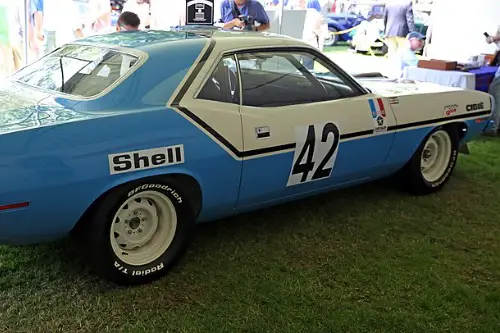
The 1970 Plymouth Hemi ‘Cuda was a street-legal beast with one of the most feared engines of its time according to MotorTrend—the 426 HEMI. Producing a conservatively rated 425 horsepower (but likely much more in reality), the ‘Cuda was a menace on the road and a monster at the drag strip. With its aggressive styling, shaker hood, and unmistakable presence, it became an instant classic. Plymouth only built a limited number of them, and today, they’re among the most valuable muscle cars on the planet, with some selling for over a million dollars at auction.
Plymouth, as a brand, no longer exists, and the HEMI engines of yesteryear don’t meet modern emissions standards. While Dodge still makes HEMI-powered cars, the true untamed nature of the original Hemi ‘Cuda will never be replicated. Its raw, carbureted power, coupled with an era of looser regulations and wilder designs, is something we’ll never see again in modern production.
2. 1969 Chevrolet Camaro ZL1
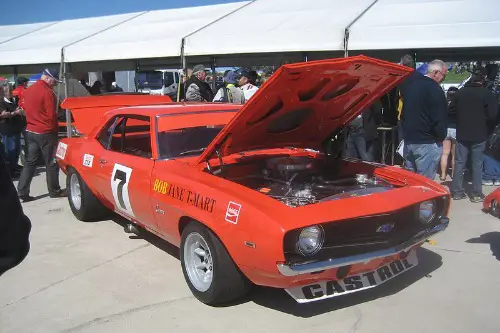
The 1969 Camaro ZL1 wasn’t just another Camaro—it was an ultra-rare, factory-built drag racer hiding in plain sight. Chevrolet stuffed a 427-cubic-inch all-aluminum big-block V8 under the hood, a motor originally designed for Can-Am racing, according to Muscle Car. Officially rated at 430 horsepower, real-world figures were closer to 500, making it one of the most powerful production cars of its time. Only 69 of these were ever built, thanks to Chevrolet’s secret COPO (Central Office Production Order) system, which allowed dealerships to bypass GM’s restrictions on high-performance engines in smaller cars.
Today’s Camaro might be fast, but the ZL1 of 1969 was something else entirely. Modern safety regulations, fuel economy standards, and corporate oversight mean that Chevrolet will never again slip an over-the-top racing engine into a production car with so few made. The COPO program still exists, but it’s strictly for track-only cars now, meaning a street-legal equivalent of the ZL1 is permanently out of reach.
3. 1970 Chevrolet Chevelle SS 454 LS6
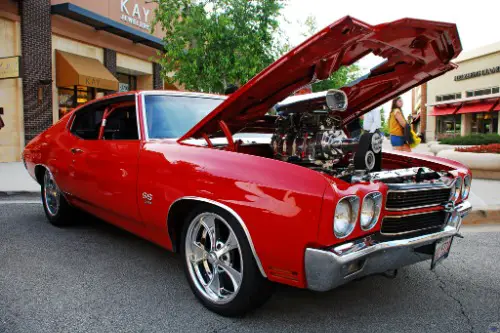
The 1970 Chevrolet Chevelle SS 454 LS6 was a no-nonsense powerhouse, boasting the most powerful engine GM had ever put in a production car at the time, according to MotorTrend. Its 454-cubic-inch big-block V8 churned out 450 horsepower, but like many muscle cars of that era, the real output was likely even higher. The LS6 package was brutally fast, with quarter-mile times dipping into the 13-second range right off the showroom floor—a ridiculous feat for a street car in 1970.
You’ll never see another car like this from Chevrolet. The days of stuffing massive, high-compression big blocks into midsize coupes are over. Emissions laws, fuel economy regulations, and changing consumer preferences have sealed the fate of cars like the LS6 Chevelle. While Chevy still builds high-performance cars, the raw, barely street-legal aggression of the LS6 is something they’ll never bring back.
4. 1971 Dodge Charger R/T 426 HEMI
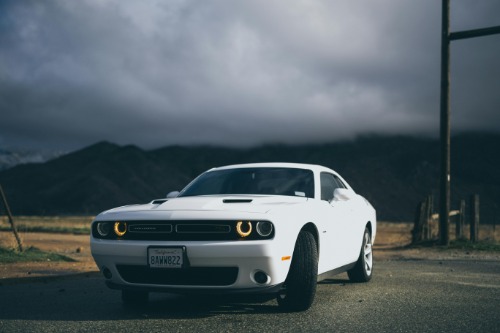
The 1971 Dodge Charger R/T with the legendary 426 HEMI was one of the last true muscle cars before the industry was hit hard by emissions restrictions and insurance premiums. Dodge gave the Charger a bold, swooping design in ’71, making it one of the most aggressive-looking muscle cars of the era. Under the hood, the 426 HEMI delivered brutal acceleration, with quarter-mile times in the high 13s even on street tires.
The modern Charger is a four-door sedan, and while it’s fast, it lacks the soul of the original. There will never be another two-door, carbureted, tire-smoking Charger R/T with a HEMI like this. Between emissions laws, safety standards, and changing design philosophies, Dodge will never again make a Charger like the 1971 R/T HEMI.
5. 1973 Pontiac Firebird Trans Am SD-455
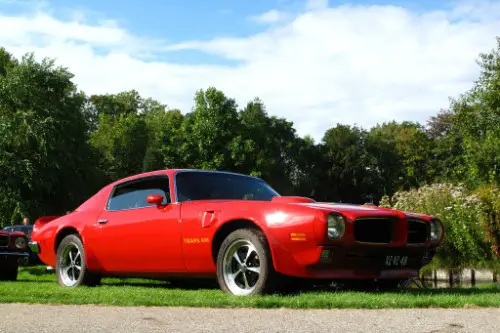
By the early ‘70s, muscle cars were starting to fade, but Pontiac refused to go quietly, according to American Collectors Insurance. The 1973 Firebird Trans Am SD-455 was one of the last true muscle cars before emissions regulations strangled performance. Its Super Duty 455 engine was hand-assembled and massively underrated at 290 horsepower—actual output was well over 350. It was the most powerful Trans Am of its time and one of the best-handling muscle cars of the era.
Pontiac is gone, and so is the Firebird nameplate. Even if GM wanted to bring back a true Firebird, it wouldn’t have the unrestricted, big-displacement brutality of the SD-455. Modern performance cars rely on turbos and electronics, but the old-school, high-compression, free-breathing V8 muscle car is gone for good.
6. 1968 Dodge Dart HEMI Super Stock
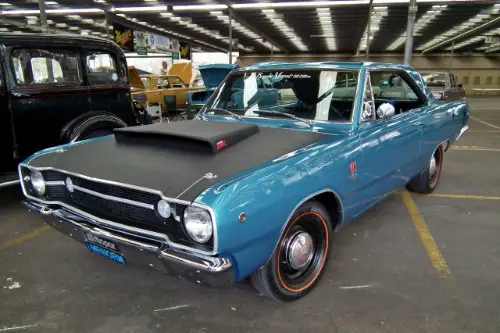
The 1968 Dodge Dart HEMI Super Stock was never meant for casual cruising—it was a factory-built drag racer disguised as a production car. Dodge took an ordinary Dart and crammed a 426 HEMI under the hood, stripped out unnecessary weight, and built it specifically for quarter-mile dominance. With lightweight body panels, a minimalist interior, and a monstrous engine, these cars could easily dip into the 10-second range with minor modifications.
Dodge will never build anything like this again. A street-legal, factory-built drag racer that barely complied with safety and emissions rules would be impossible today. The HEMI Super Stock was raw, unfiltered muscle car madness, built for one purpose: speed. Modern muscle cars are fast, but they have to comply with safety, emissions, and noise regulations that make a lightweight, stripped-down, race-ready monster like the ’68 Dart HEMI a relic of a wilder era.
7. 1970 Buick GSX Stage 1
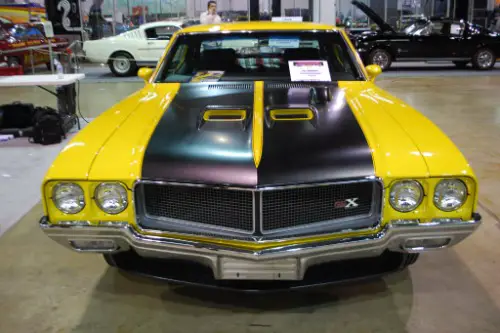
Buick isn’t the first name that comes to mind when you think of muscle cars, but the 1970 GSX Stage 1 was a serious contender. It came equipped with a 455-cubic-inch V8 producing 360 horsepower and a staggering 510 lb-ft of torque—the highest torque rating of any muscle car that year. With its bold stripes, rear spoiler, and aggressive stance, the GSX was a statement car, proving that Buick could go toe-to-toe with the best of them.
Buick has long since abandoned performance cars in favor of luxury crossovers and sedans. The idea of a modern Buick with a 7.5-liter V8 and a manual transmission is pure fantasy. The GSX Stage 1 was a rare moment when Buick embraced raw power, and that moment will never come again.
8. 1969 Ford Mustang Boss 429
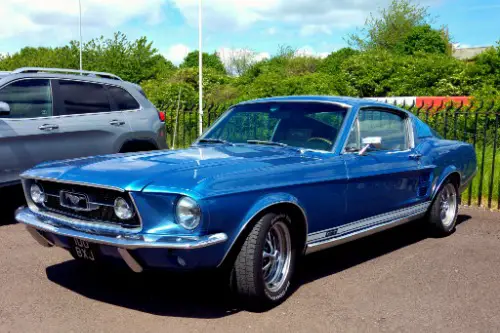
The 1969 Ford Mustang Boss 429 was built for one reason: to homologate Ford’s 429-cubic-inch V8 for NASCAR competition. Ford had to install at least 500 of these engines into road cars, so they crammed the massive big-block into a Mustang, requiring significant modifications to the body just to make it fit. The result was a brutally fast, naturally aspirated powerhouse that could outgun just about anything on the street.
Modern Mustangs are powerful, but Ford will never again build a Mustang purely to satisfy racing rules, especially not one with a massive, high-revving big-block. The Boss 429 was a product of a different time, when NASCAR dictated production cars and emissions regulations weren’t a concern. That era is over, and so is any chance of a factory-built big-block Mustang like this.
9. 1971 AMC Javelin AMX 401
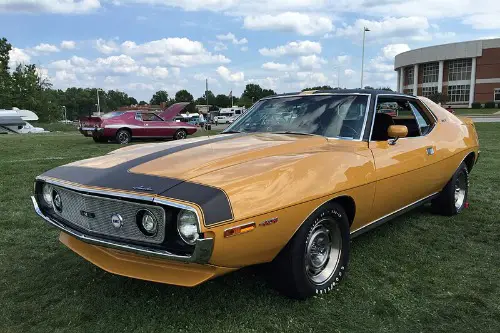
American Motors Corporation (AMC) was the underdog of the muscle car wars, but the 1971 Javelin AMX 401 proved they could hold their own. With a 401-cubic-inch V8 producing 330 horsepower, the AMX was a stylish, underrated muscle car that could take on the Mustangs and Camaros of its day. It even found success in Trans-Am racing, proving that AMC could build a serious performance machine.
AMC no longer exists, and its muscle cars are lost to history. There will never be another Javelin AMX, let alone one with a massive, high-displacement V8. The small, scrappy automaker’s departure from the industry means that its unique take on muscle cars is gone for good.
10. 1966 Oldsmobile 442 W30
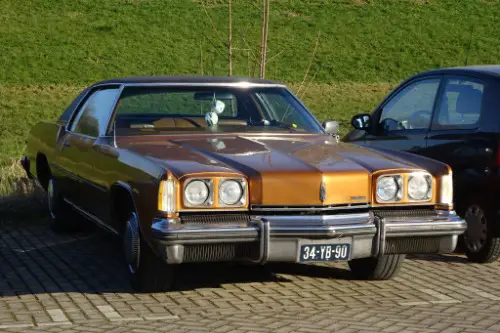
Oldsmobile’s 442 started as a performance package but became a muscle car legend in its own right. The 1966 W30 version took things to another level, featuring a 400-cubic-inch V8 with a factory-installed cold-air induction system. It was one of the first muscle cars to take airflow seriously, setting the stage for future high-performance intakes. With its lightweight components and powerful engine, the W30 was a force to be reckoned with.
Oldsmobile was shut down by General Motors in 2004, and the 442 nameplate has been dormant ever since. Even if GM decided to revive it, the era of massive naturally aspirated V8s in mid-size coupes is over. The W30 was a product of innovation and raw muscle, something that modern regulations and shifting consumer preferences will never allow to return.
11. 1970 Mercury Cougar Eliminator 428 Cobra Jet
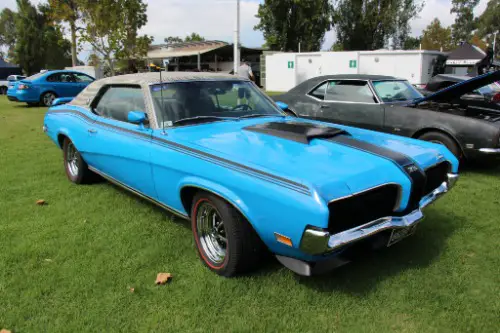
Mercury’s Cougar started as a more refined alternative to the Mustang, but the Eliminator package turned it into a street warrior. The 428 Cobra Jet engine gave it serious muscle car credentials, and with aggressive graphics, spoilers, and a functional Ram Air hood scoop, it looked the part. Despite being a cousin to the Mustang, the Cougar Eliminator had its own personality, offering both luxury and brute force in one package.
Mercury no longer exists, and the idea of a high-performance, luxury-oriented muscle car is fading. The Eliminator’s blend of brute strength and refinement is something that modern automakers aren’t interested in recreating. The Mercury nameplate is gone, and with it, any chance of a proper Cougar muscle car revival.
12. 1977 Pontiac Firebird Trans Am (Smokey and the Bandit Edition)
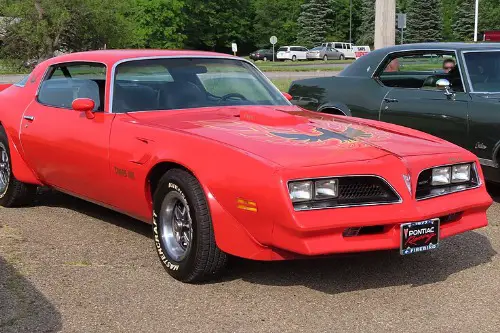
The 1977 Pontiac Firebird Trans Am became a cultural icon thanks to Smokey and the Bandit, but it wasn’t just about the looks. Its 6.6-liter V8 may have been choked by emissions regulations compared to earlier muscle cars, but it still had enough torque to burn rubber. More importantly, it symbolized rebellion, freedom, and everything that made muscle cars cool in the first place.
Pontiac is gone, and while modern muscle cars are faster, none have the same larger-than-life personality as the ’77 Trans Am. The T-tops, the screaming chicken decal, and the sheer attitude of this car can’t be replicated in a world of turbocharged four-cylinders and hybrid powertrains. It’s an icon of a bygone era, and one that will never come back.


